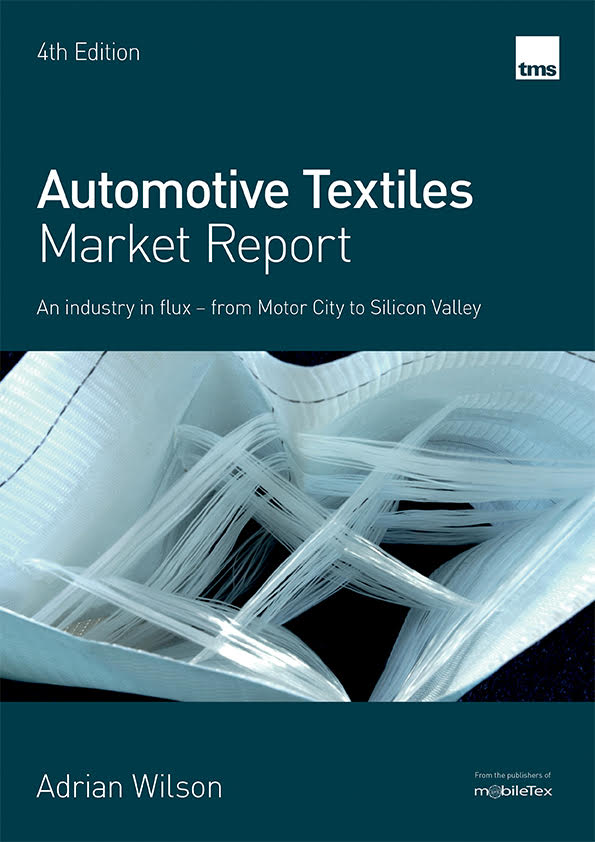Automotive textiles industry in flux
 Sep 28, 2016|
Sep 28, 2016| View:686
View:686 As a result of higher demand for increased comfort and improved safety, the use of textile materials in automotive applications has increased from 20 kg in a mid-size car in 2000 to around 28 kg today, according to a new report by Textile Media Services.
As a result of higher demand for increased comfort and improved safety, the use of textile materials in automotive applications has increased from 20 kg in a mid-size car in 2000 to around 28 kg today, according to a new report by Textile Media Services.
In the drive towards lowering weight for reducing both fuel consumption and CO2 emissions, many current developments are including new uses for fabrics, and by 2020, it is predicted that the same sized car will contain 35 kg of textiles. This progress, however, is being offset, in the wider scheme of things, by the related trend towards smaller vehicles.
Written by the Inside Composites editor Adrian Wilson, the new report by Textile Media Services, Automotive Textiles: An industry in flux – from Motor City to Silicon Valley (4th edition), provides the latest analysis of the fast-altering global automotive textiles industry.
Market overview
This fully updated edition features an overview of the automotive market and the wide-ranging use of textile materials in vehicles, and examines in detail the current structure of this global industry, with profiles of more than 70 of the most influential Tier 1 and Tier 2 players. It also explains where the growth will be in the next 25 years, and why.
Published in September 2016, the in-depth report with 330 pages and 75 tables examines the global automotive industry; defines automotive fabrics and textiles; identifies key areas of application; and profiles key users and producers of automotive textiles.
Unprecedented consolidation
There have been tremendous changes to the global structure of the automotive textiles industry since the last edition of this report was published in 2013. Over the past three years there has been unprecedented consolidation among manufacturers of both fabrics and finished components for automotive interiors, not least among the Tier 1 suppliers to the OEMs.
While turnovers have returned to levels comparable to before the global recession of 2008-09, much of the profitability in supplying to OEMs has been driven upwards and is now being retained with the carmakers themselves.
Growing demand
Fibre-based composites are becoming increasingly important in the manufacture of automotive components. There is now a push in the automotive industry to replace steel and aluminium parts with CFRPs, beyond their established use in Formula 1 and Supercars. This began with the revolutionary global infrastructure being put in place by BMW for the launch of its i Series range of electric vehicles in 2013.
More recently, Silicon Valley’s Carbon, has attracted a $81 million in funding for its ground breaking CLIP technology and M1 printer, bringing its total investment to date up to $222 million. Among the latest investors is BMW, which plans to incorporate the M1 into its manufacturing lines, presumably for the heavily carbon fibre-based i and 7 Series platforms.
The BMW i Series programme has been the most ambitious move by a car manufacturer in decades in very rapidly establishing the world’s largest carbon fibre manufacturing plant and linking together a complete supply chain for composites made from them, with its vehicles as the end-point. Carbon reports unprecedented demand for its M1 printer in many fields, and automotive customers already include Delphi and Ford, as well as BMW.

 info@topweaving.com
info@topweaving.com



View More(Total0)Comment lists